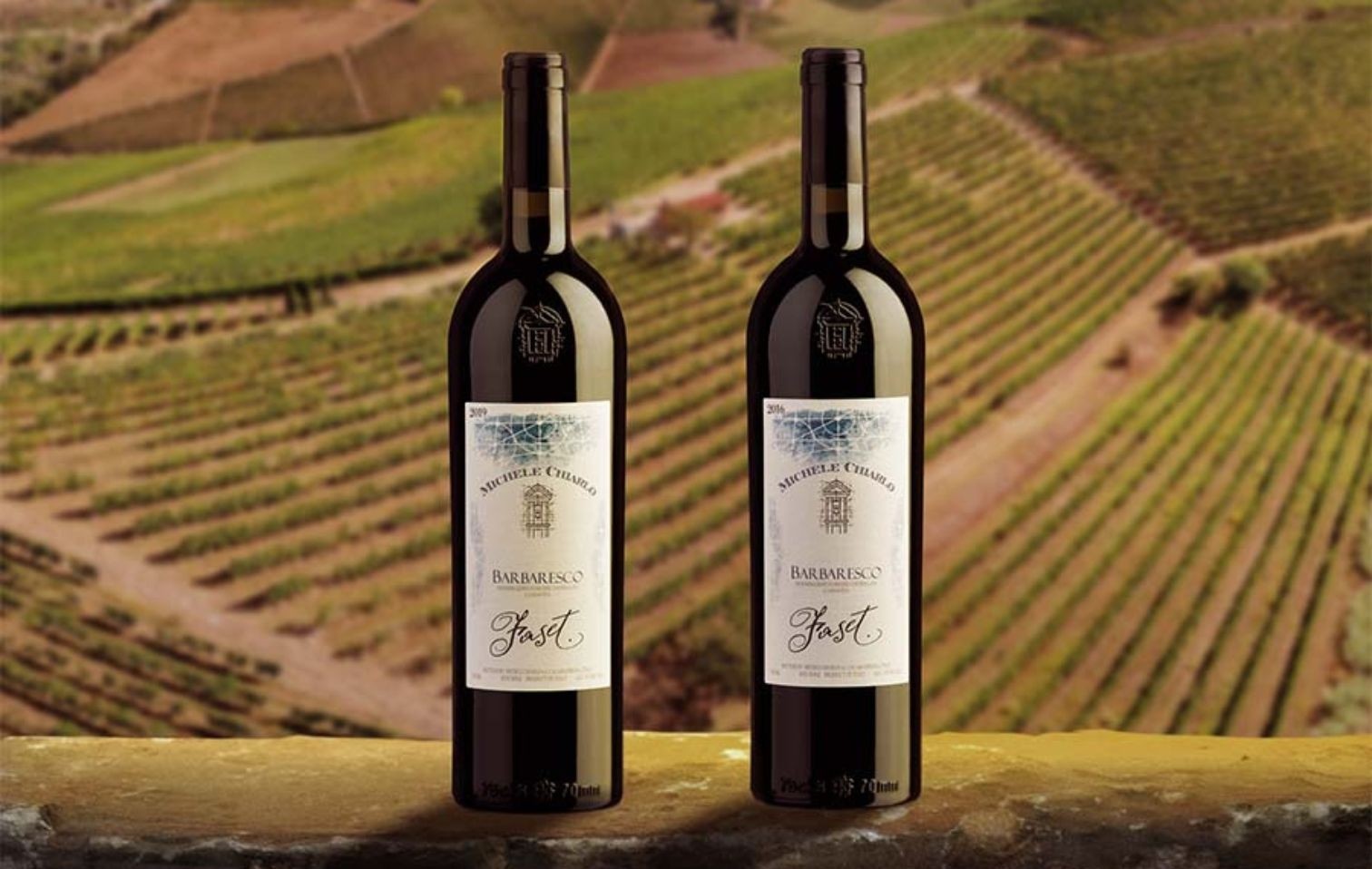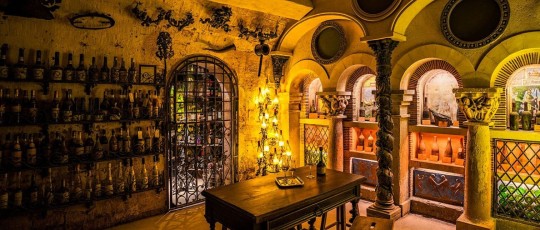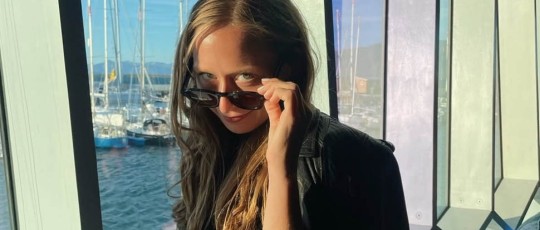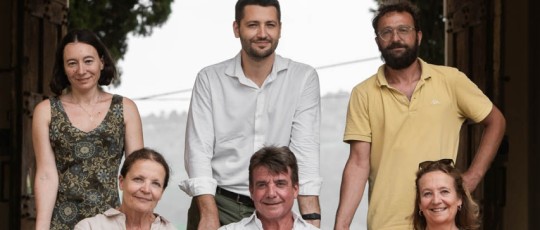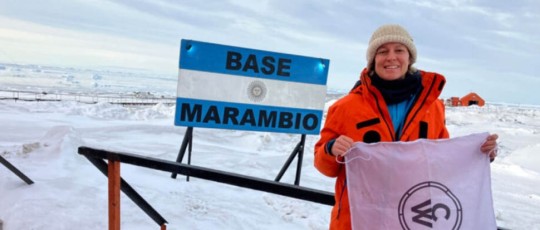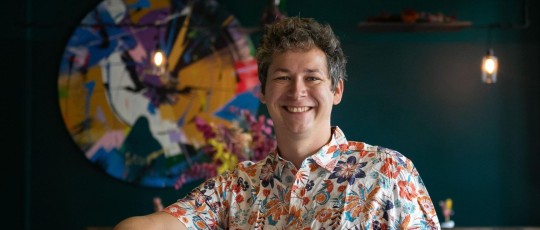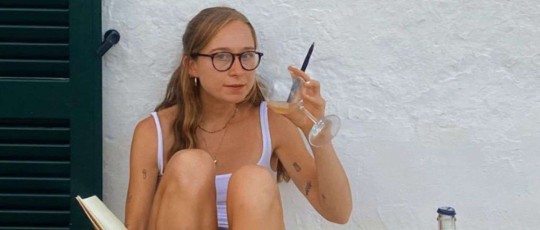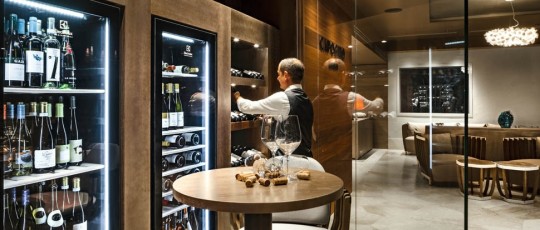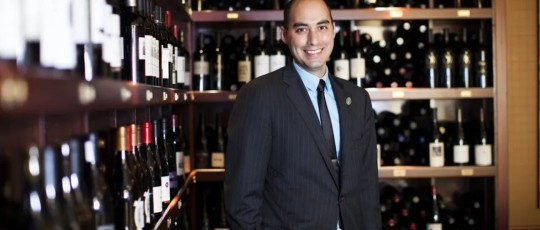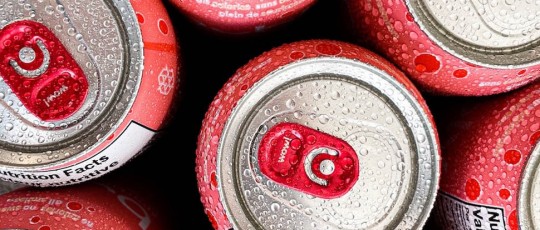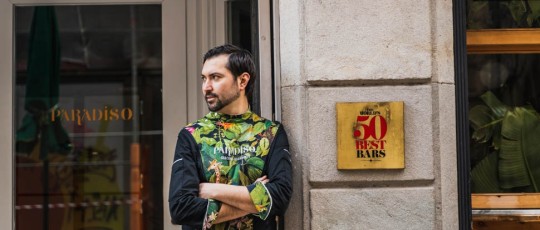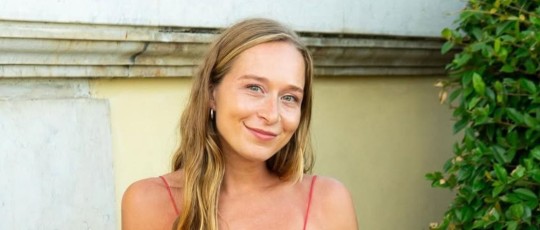“I tell you about the wines that over the course of a year of tasting, whether at producers, in restaurants or at home, have most impressed me with their personality.” Marco Colognese reveals the 11 best bottles of the year.
11 wines (+1) not to be missed in 2024
The world of wine is on the move. Protagonist of controversial (and debatable) television investigations, in the crosshairs of a too often fundamentalist healthism, it remains a key product for our country in terms of image and representativeness. In fact, both in terms of quality and in terms of quantities produced, Italy is a top player. Whether it is wines from large and emblazoned wineries, or from small independent winemakers, from those who claim to have chosen a 'more natural' approach to viticulture, the question that really detects is how good is what you find in the bottle. Just as with cooking, the concept of goodness is relative: it varies according to the different sensibilities of the consumer, the palate of the tasters, and their experience. Very few are the dishes and wines that bring everyone together: welcome that tastes differ, then, always respecting the ideas of each, net of the sides that inevitably arise between insiders, sometimes distant from the public. Wine is a great opportunity for knowledge of a territory: we are fortunate to have an impressive amount of territories, of different and equally fascinating beauties. It would be good not to forget that, but that is a different kettle of fish. What I would like to do, on this occasion, is to suggest a few bottles to get to know, from well-known and lesser-known wineries, united by one factor. These are wines that over the course of a year of tasting, whether at the producers, at a restaurant or at home, have impressed me with their personality. Wines that I would suggest to anyone who also wants to try to discover how much a product can be the result of a profound interaction between place, climate and man.
Marco Buvoli - Pinot Noir 2019 - Opificio del Pinot Noir - Gambugliano (VI)
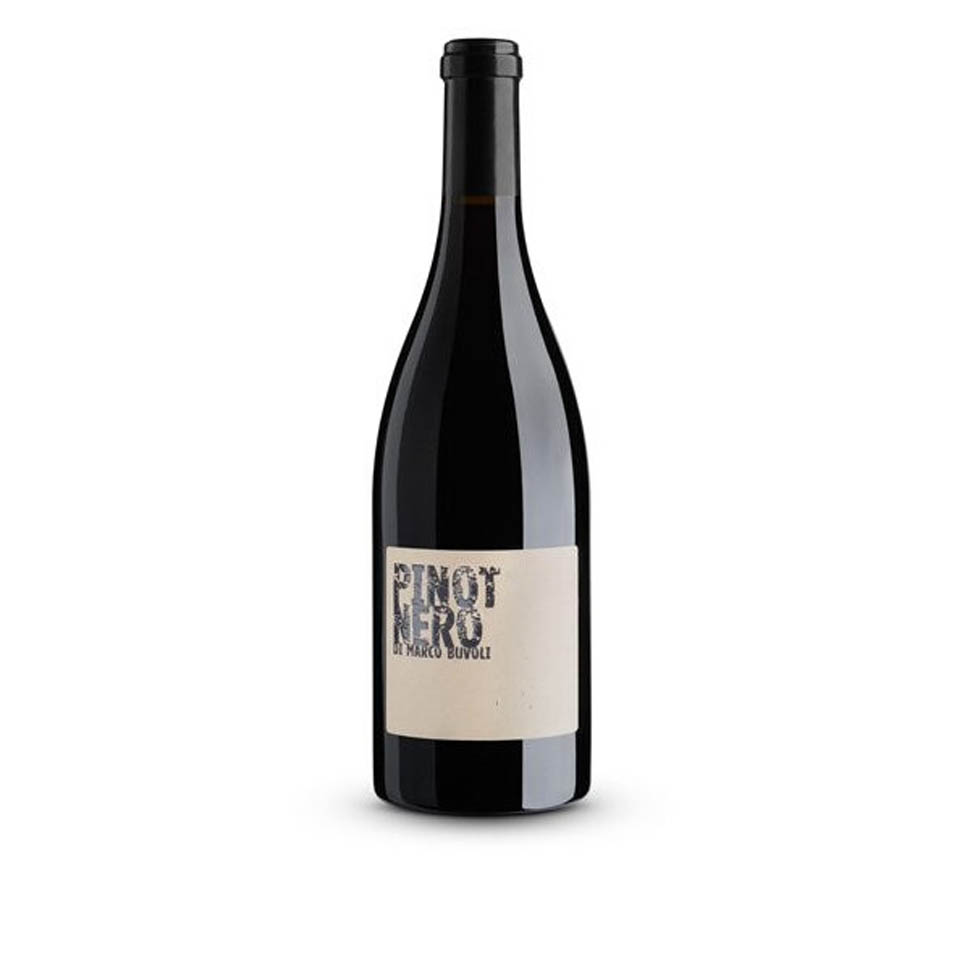
Said as it must be said, Marco Buvoli produces classic method sparkling wines one better than the other, all identified by different numbers and characterized by different peculiarities, from resting on the lees, to dosage, to aging. Wines of incontrovertible charm, produced at his home in the hills of Vicenza (but there are vineyards in the province of Padua as well) from a grape as complex as it is beloved by this winemaker who loves France. Pinot Noir, the trait d'union and key to understanding it, he also vinifies it still, in red. The result, in the 2019 vintage, is convincing, of remarkable harmony. After pressing the grapes, the wine aged for about fifteen months in tonneaux, decanted for another couple of months after racking, and was bottled in spring 2021, to remain in the bottle to rest another three years before going to market. Notes of small red fruits and spice scents of full elegance that flows from the nose into the mouth, with a firm body and at the same time great velvety persuasiveness. It will still give great satisfaction over time.
Benito Ferrara - Greco di Tufo DOCG Vigna Cicogna 2020 - Tufo (AV)
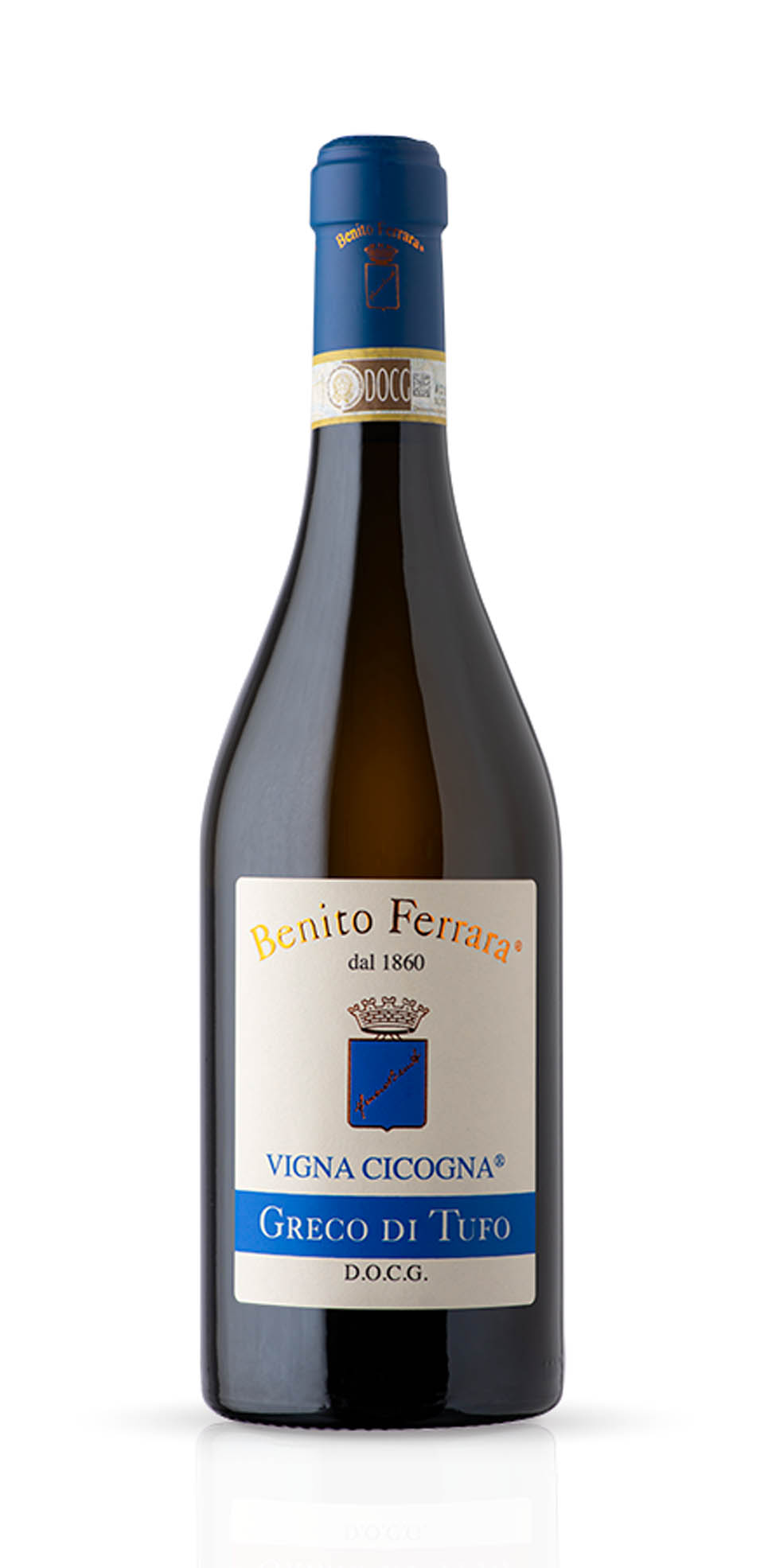
It is exciting to delve into Irpinia and discover a land of wild beauty. The winery was founded by Benito in the second half of the 1900s, but Ferrara's wine production dates back to the beginning of the century. Now it is his daughter Gabriella who carries it on with her husband Sergio and children. A total of 23 hectares, between Tufo for Greco and Montemiletto for Aglianico, with soils between 450 and 600 meters above sea level. Vigna Cicogna is an important cru, in the heart of the Greco di Tufo appellation. The grapes undergo a soft pressing, and the must bloom ferments in steel at a controlled temperature; the wine remains in steel on the fine lees for seven months. I wanted to wait, before drinking it, since I had tasted older vintages in the cellar and they had won me over. And I did well, because the result is of absolute freshness, with a still lively acidity, a more powerful but no less graceful body, the white-fleshed fruit and notes of fragrant herbs well present. And in the mouth a lively, savory, mineral pleasure. Of great elegance: keep it in the cellar, at least a little, if you take the latest vintage.
Codronchio - Fattoria Monticino Rosso - Imola (BO)
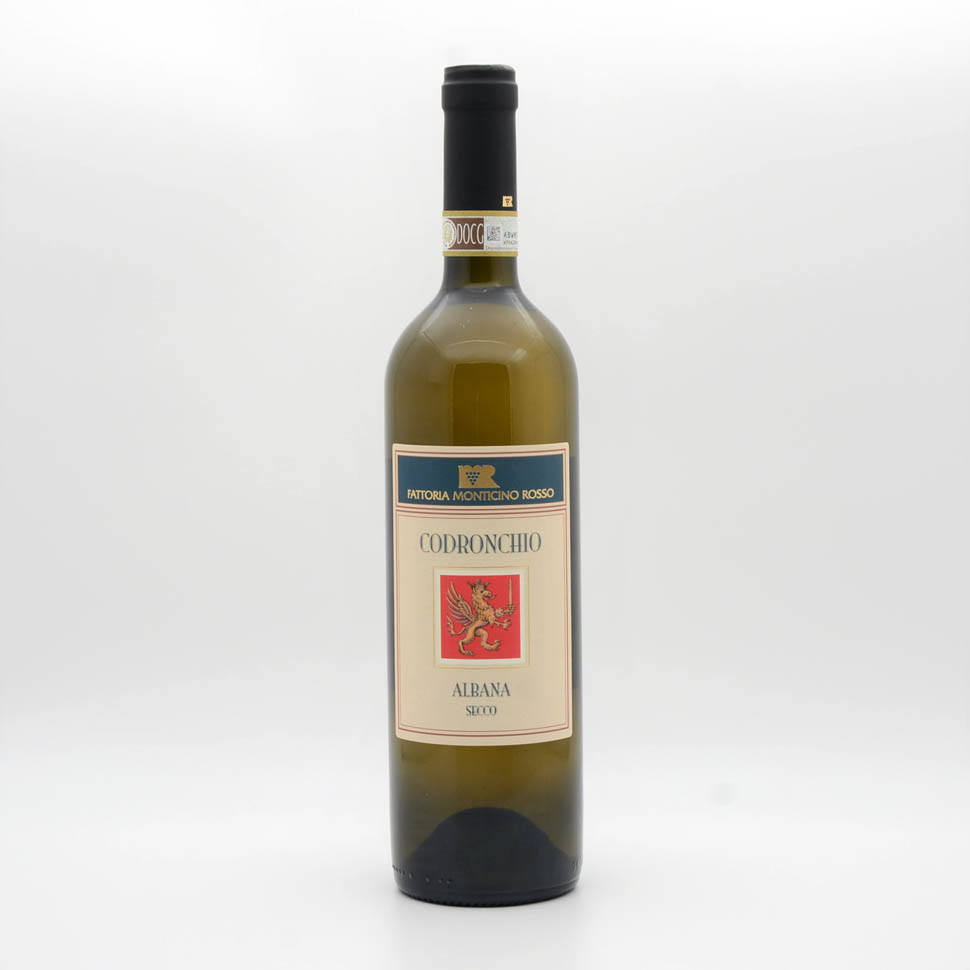
The winery was established sixty years ago in the Imola hills, founded by Antonio Zeoli; over time he was joined by his sons Luciano and Gianni, who now run it: twenty years later the family bought the Monticino Rosso estate from which the name comes. The Albana di Romagna Secca Codronchio selection, on the other hand, is named after the Codronchi counts, Imola nobles who owned these lands in the past. It is a wine of astonishing goodness and incredible longevity, this one. A pure late-harvest Albana, it is harvested bunch by bunch only when botrytis cinerea, known as noble rot, begins to appear: this implies long and complex harvesting work, with several passes through the vineyard and meticulous attention. Its golden color is also beautiful. The nose reveals mineral scents that complement floral and yellow fruit scents and end with balsamic notes. In the mouth it reveals body and savoriness, balanced by a remarkable citrus freshness. It is a powerful wine to drink and re-drink years later.
Versante Sud 2021 - Serafica Terra di Olio e Vino - Nicolosi (CT)
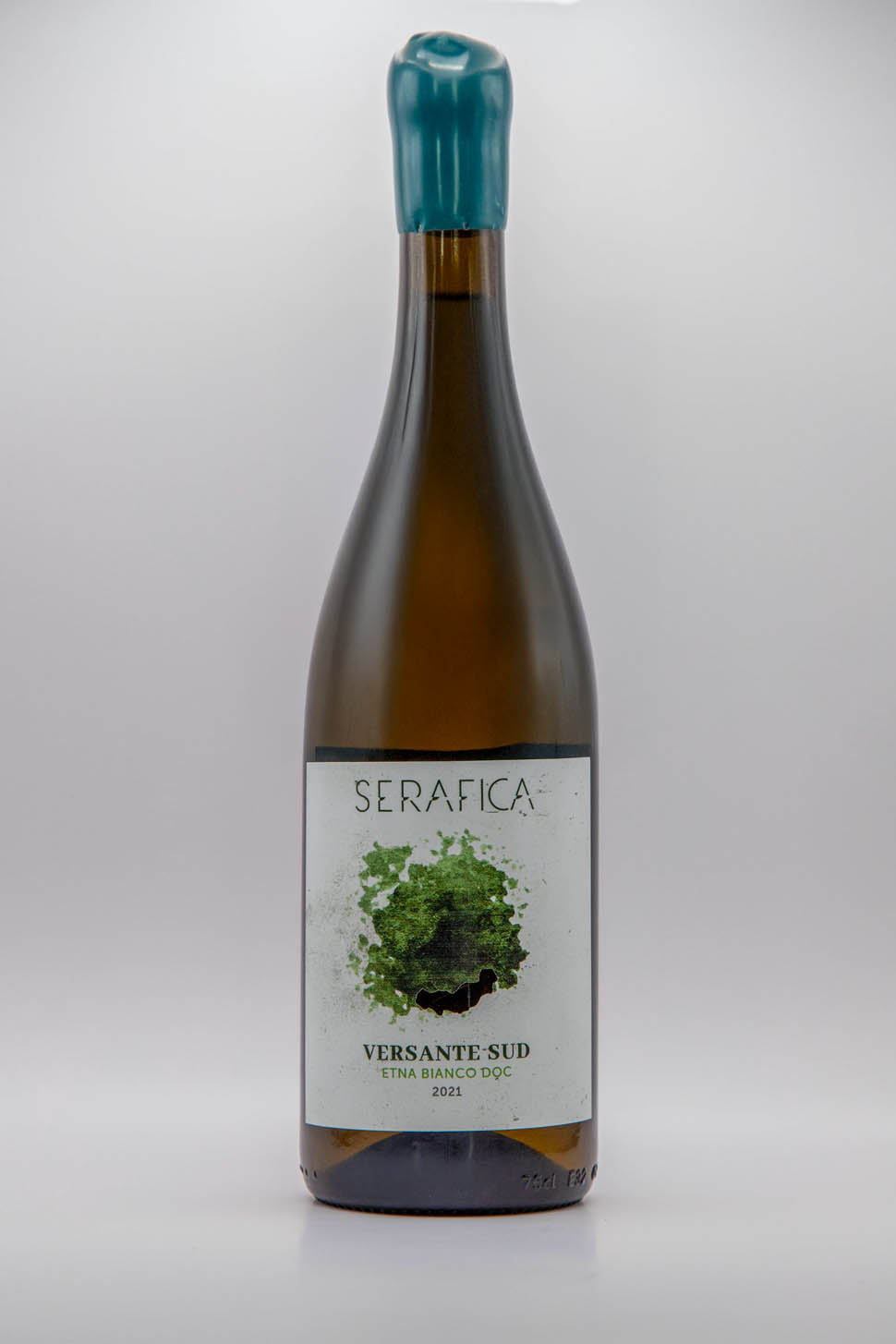
It was 1950 when Andrea Serafica returned to Sicily from Massachusetts, where he worked in the tanneries; it was he who founded the Nicolosi section of the “Coltivatori diretti.” His son Nino builds the oil mill. In 2000, new vineyards and olive groves were replanted, and in 2018 Serafica Terra di Olio e Vino was born, with the new generation represented by Giuseppe Borzì and Nino Serafica; Maria Ausilia Borzì introduced didactics to the company, a new oil mill with cold extraction was purchased and the cellar was renovated. Among the wines produced, I was struck by Versante Sud Etna Bianco, from a selection of relic varieties and Carricante grapes, from a sapling vineyard at Monte Arso, an extinct volcano at the foot of Etna with a slope of more than 30 percent at 900 meters above sea level. It is aged on noble lees in unroasted Slavonian oak barrels for a year, before resting for a long time in the bottle. Elegantly complex on the nose, amid iodine and citrus notes, hints of hydrocarbons. Savory and with beautiful intensity it is broad, maintaining a splendid freshness. It will be even richer in seductive nuances in a few years.
Barbaresco Faset 2016 - Michele Chiarlo - La Morra (CN)
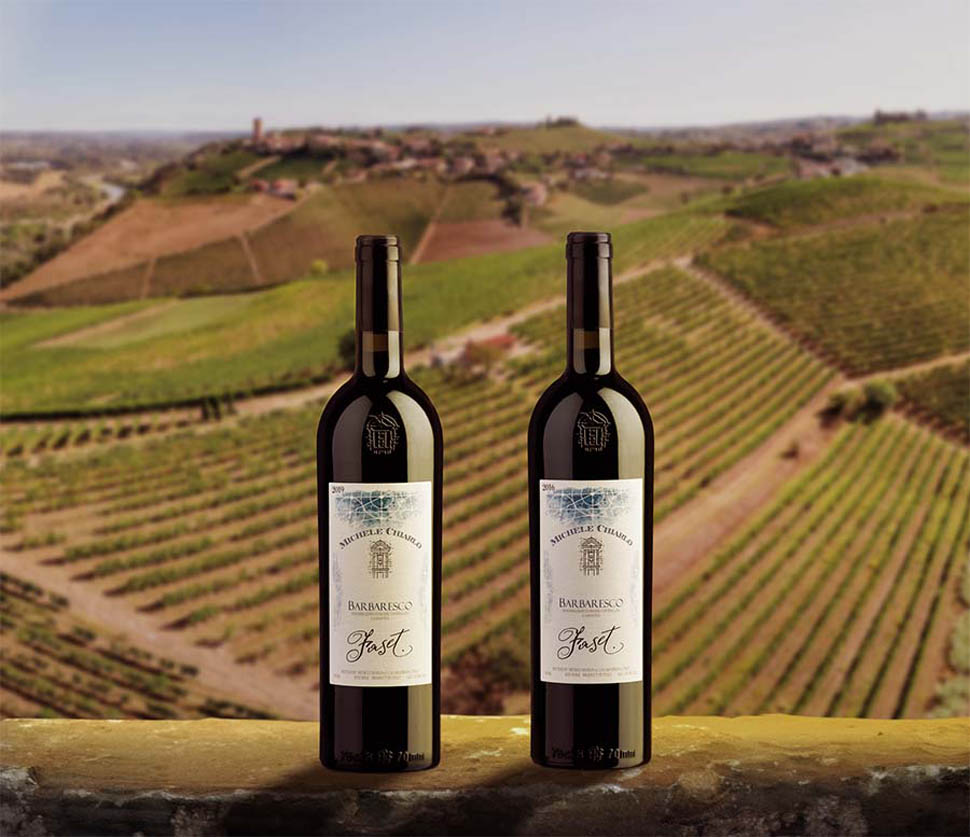
I met Stefano Chiarlo in the magnificent place that is The Relais Palás Cerequio in La Morra, the first relais dedicated to the cru of Barolo, within one of the 6 core zones that make up the Langhe-Roero and Monferrato wine landscapes, declared a World Heritage Site in 2014 by Unesco. A magical place, where together we tasted some of the most representative wines of the winery founded by the late Michele. The Barbaresco Faset is one of the most elegant wines I have ever tasted: from one of the best-known areas of Barbaresco, divided among several owners: the vineyards form a large,steep south-facing basin. The parcel from which this wine comes belongs to a vineyard of about 3 hectares that is part of the Cabanet farmstead, with soils rich in calcium and magnesium. It ages two years at least, between maturation in large barrels and bottle aging. Austere at first, opening reveals notes of small red fruits, dried roses and a delicate, lingering spiciness. In the mouth it is very long, with polished tannins and an important structure. Memorable.
Vernaccia Riserva- Contini 1898 - Cabras - Oristano
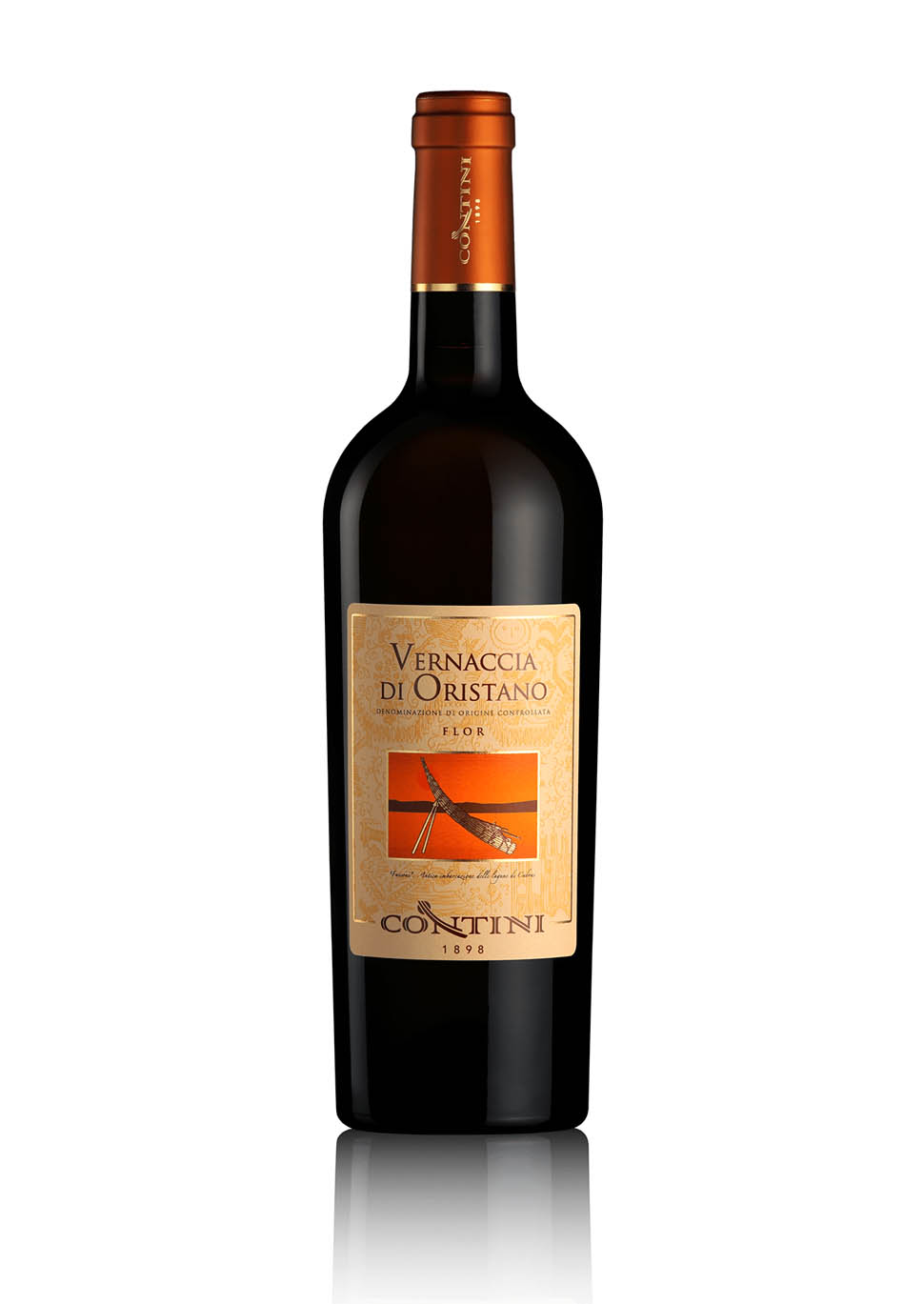
It has an ancient history, Vernaccia di Oristano. Sardinia's first DOC in 1971, it is a wine with unique characteristics that involves aging in drained barrels: this condition causes the residual yeasts to rise to the surface, forming a veil known as flor. Contini 1898, now in its fourth family generation, is located in Cabras, on the Sinis Peninsula, and is the winery that introduced me to this wine with sensory nuances of wonderful complexity and incredibly harmonious virtuous oxidation. Yield per hectare around 80 quintals, soils from alluvial or sandy deposits, in which there are still free-range vines. In the impressive barrel cellar of Contini's historic warehouse, the wines mature in oak and chestnut barrels for at least 20 years. It will take care of the flor to protect the wine from excessive oxidation over the long aging. Mediterranean stain, absolute cleanliness, concentration, sapidity; in the mouth it is dry and very long, Vernaccia di Oristano should be much more enhanced in pairings as well, besides serving as a perfect partner for bottarga.
Sacrisassi Rosso 2019 - Le Due Terre - Prepotto (UD)
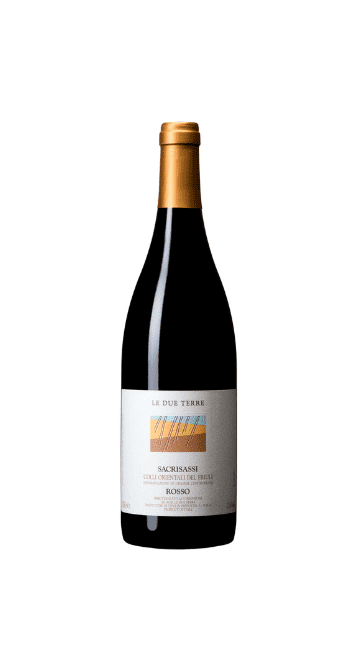
Le Due Terre was born just over forty years ago in a garage in Prepotto, in the Colli Orientali del Friuli. Its creators are Flavio Basilicata and Silvana Forte, wife and husband, who have been joined in recent years by their daughter Cora, who has become increasingly involved in the creation of their wines, absolutely unique and resembling the welcoming character of this family. Wines that cannot be bridled in concepts that are (even too) fashionable today, certainly not aligned, obtained not by doing nothing, but by accompanying nature and oenological processes with intelligence, agronomic knowledge and as little invasiveness as possible. Marly soils on one side, red on the other, minimal use of copper and sulfur in the vineyard, careful study of the balances related to biodiversity. Reduced interventions in the cellar as well: no added yeasts, no enzymes or clarifications, fermentations are spontaneous, with periodic pumping over and day-by-day tastings to manage maceration times according to the vintage. No racking during aging in wood (barriques used for the reds and tonneaux for the whites). Production is under twenty thousand bottles, including the Sacrisassi Rosso 2019, equal proportions of Schioppettino and Refosco, for a wonderfully lively personality. Of great cleanliness and paradoxical immediacy, because then standing on the glass you realize complexity in motion. A great red, with important potential longevity.
Tintilia 66 2017 Claudio Cipressi - San Felice del Molise (CB)
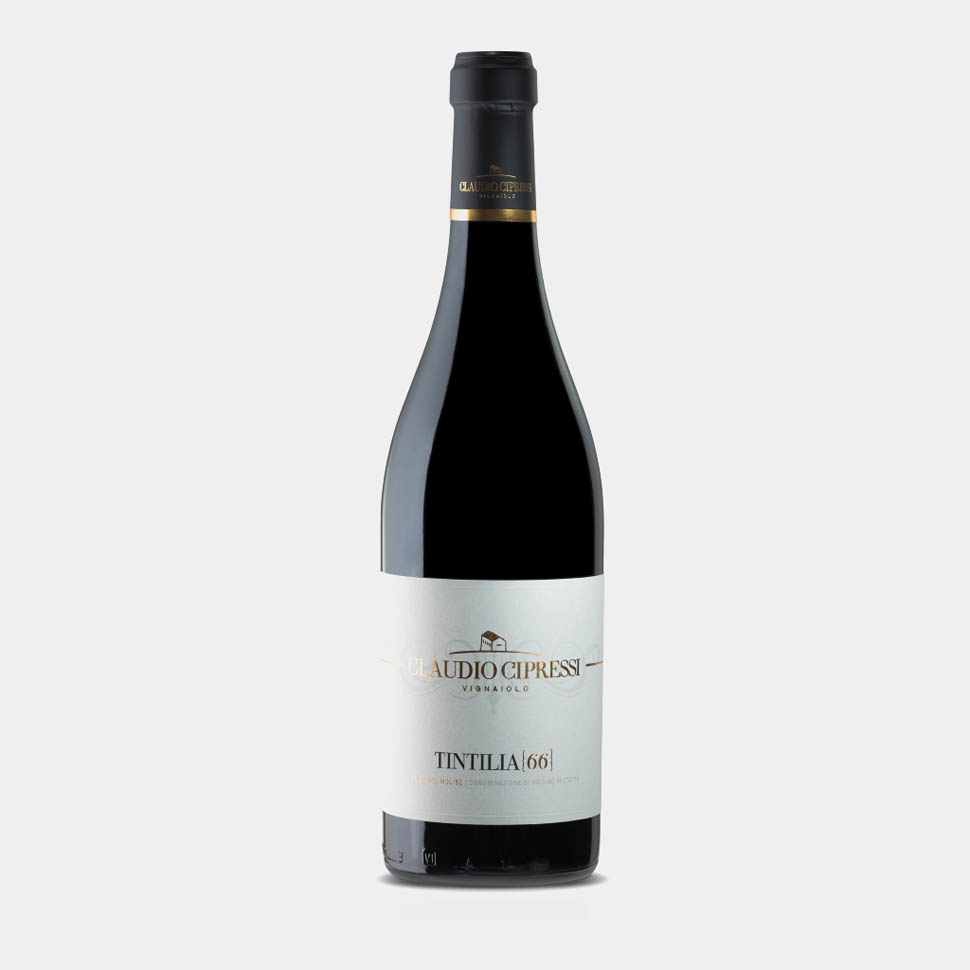
It might have disappeared last century, the only entirely native grape variety in Molise: had it not been for Claudio Cipressi, who researched and revived Tintilia in the 1990s. It is an interesting wine, to be explored in its facets. I drank it years ago in its region of origin, and it was reintroduced to me at the table by a chef from Molise to excellently accompany a great duck dish. Cipressi grows organically, and at harvest he sorts the grapes by hand, bunch by bunch. In the cellar, he tends to be non-invasive, though, controlling must temperatures and managing the wood, where this Tintilia remains three years before a rest in the bottle for another six months, so as not to affect the purity of the fruit. The result is a wine with important character, evident spice, beautiful balsamic notes and a rich red fruit finish. In the mouth it is broad, velvety and also keeps alive a nice freshness.
Lotus 2018 - Villa Santo Stefano - Lucca
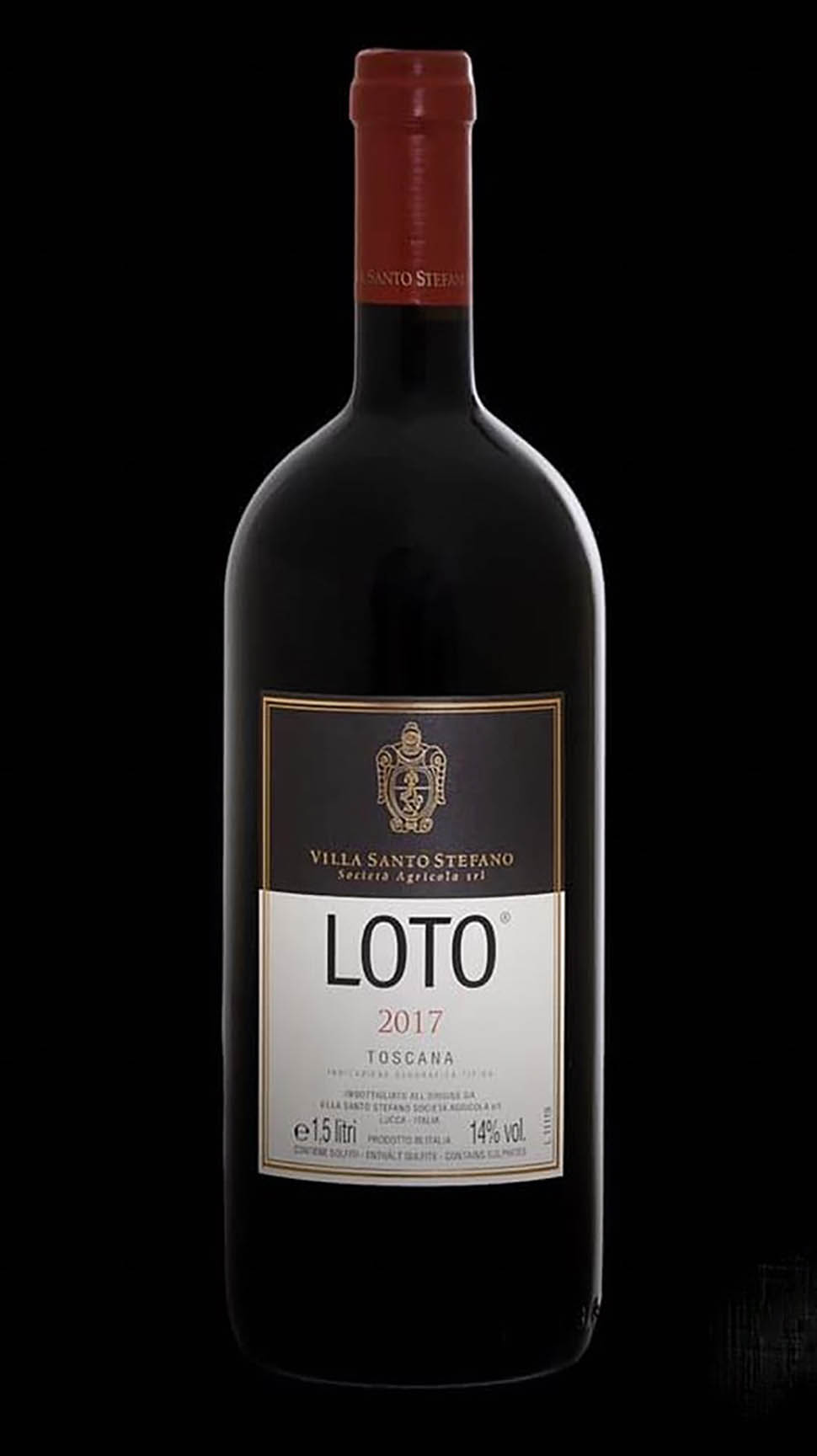
We are in the Lucchesia, in a hilly corner a little more than twenty kilometers from the Versilia coast, protected to the north by the Apuan Alps and the Apennines, which guarantees a climate particularly favorable to vines (but also to olives, in fact a very good oil is produced here). Wolfgang Reitzle, Germany's top manager in the automotive world, fell in love with this place, buying Villa Bertolli and changing its name to that of the 9th-century parish church located near the estate. Work on the ultra-high-tech winery came in 2014, while production began eight years earlier. I drank Loto, their flagship wine, from a magnum 2018 vintage, well-orchestrated by winemaker Alessio Farnesi and administrator-agronomist Alessandro Garzi. This IGT Toscana, a blend of Cabernet Sauvignon, Merlot and a smaller percentage of Petit Verdot, is the first wine produced since 2006. No more than four bunches per vine harvested by hand, after fermentation the wine stays 16 months in barriques and tonneaux, with separate vinification; then the cuvée stays between six and nine months in cement tanks that give the wine more harmony and finesse, before spending another six months in the bottle. Red fruits, white pepper and a slight hint of toastiness on the nose, it is elegant on the palate with a still sharp acidity. Time will give it even more appeal.
Mare 2022 - Cantine Benvenuto - Francavilla Angitola (VV)
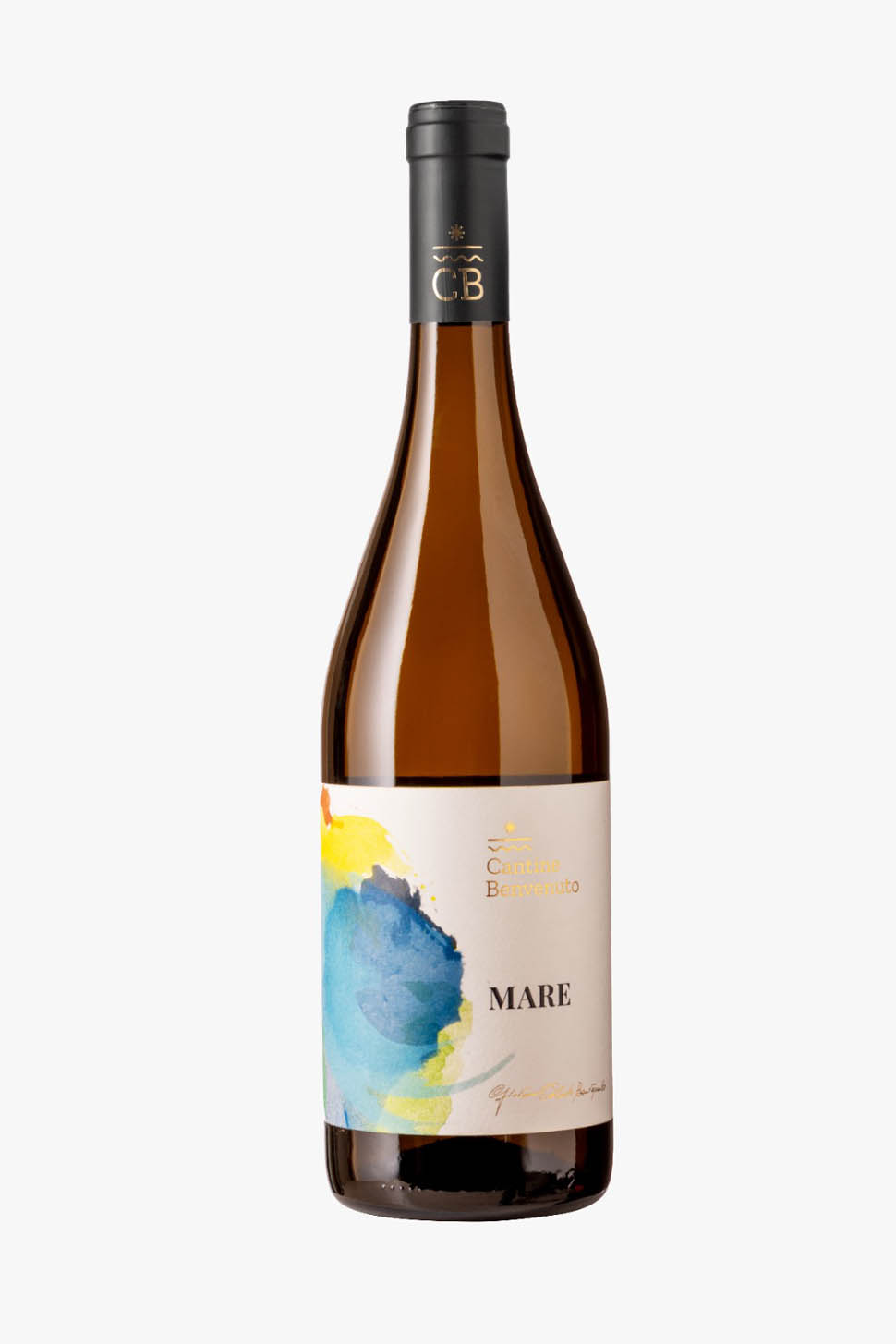
I met Giovanni Celeste Benvenuto a few years ago through a mutual friend. I had been to his winery and I remember his great sensitivity in telling his story and his return to his origins. He is a brave man who moved from Abruzzo to Francavilla Angitola in the Vibonese region to set up his winery and his wines on the plots that belonged to his paternal grandfather. From the natural terraces of his vineyards, in the hills about 350 meters above sea level, he can see the sea of Calabria. He deserves credit for focusing on native grape varieties, bringing back Zibibbo from here in its dry version with great success, but also for doing a great job with Malvasia, Greco Nero and Magliocco. At the end of this spring I went back to Calabria, I didn't manage to visit him but I drank, sipping by the sea, a wine of his that I didn't know. Mare, indeed, vintage 2022: from Zibibbo and Malvasia grapes. After soft pressing and natural decanting, spontaneous fermentation takes place in steel. After an initial racking, aging on fine lees begins. It goes into bottle in March. Of immediate freshness, with exotic fruit notes, aromatic floral hints of orange blossom and broom, it is savory and harmonious in the mouth. Relaxing.
Pulsar Rouge PNM - Roberto Ferrari Manifattura Vini - Salorno (BZ)
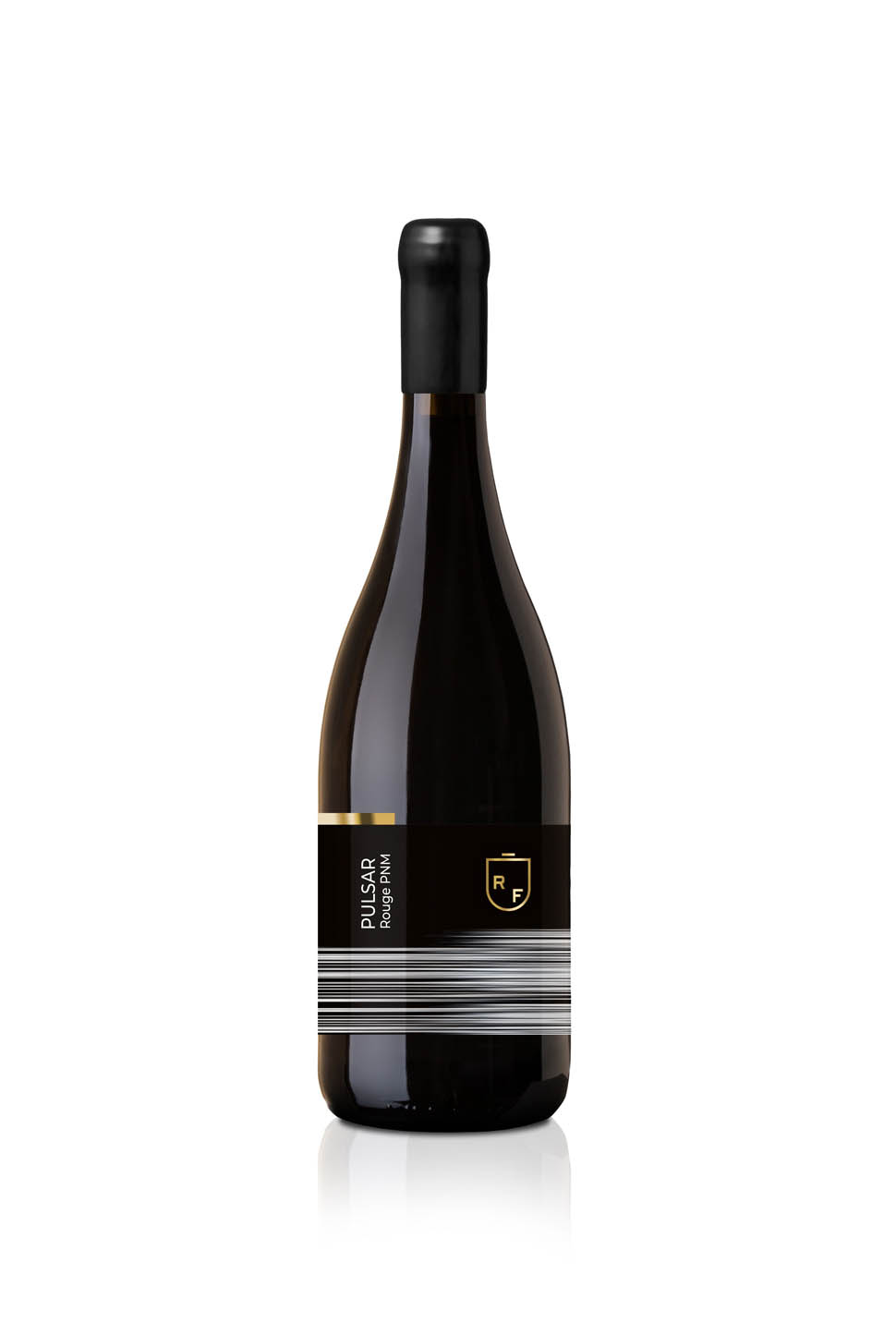
Roberto Ferrari, a native of Termeno, worked in a winery for a long time and then started his own winery in 2007. The name Manifattura vini stems from his idea of getting the best out of his collaboration with the conferring farmers in his area, choosing grapes that come from vineyards where he respects the land as much as possible. His is an artisanal approach, in which oenological interventions are reduced to the bare minimum. The result is wines of great personality, with a unique character, defined by an unequivocal statement of his: “It is a subtle balancing act, like a tightrope walker on a rope: if the oenological protocol-and thus the signature of the winemaker-is too marking, the wines lose their individual character; if the anarchic and ‘wild’ side is too strong, the wines are no longer a civilized product.” Thus are born products that are decidedly out of the chorus, such as a remarkable Gewürztraminer, incredibly different from others. I loved the Pulsar Rouge PNM, from 75 percent Pinot Noir and 25 percent Merlot, which, after eight months of maceration, spends another six months in amphora before maturing for about two and a half years in 500-liter wooden barrels. After decanting it rests another six months in steel tanks before being bottled, with no filtration or addition of sulfites. Of forthright elegance, it brings with it finesse and aromas of Pinot Noir, integrated in harmony with the body of Merlot, resulting in great freshness and inimitable expression.
